Technique & Tips for Holding a
Chef's Knife Like a Pro
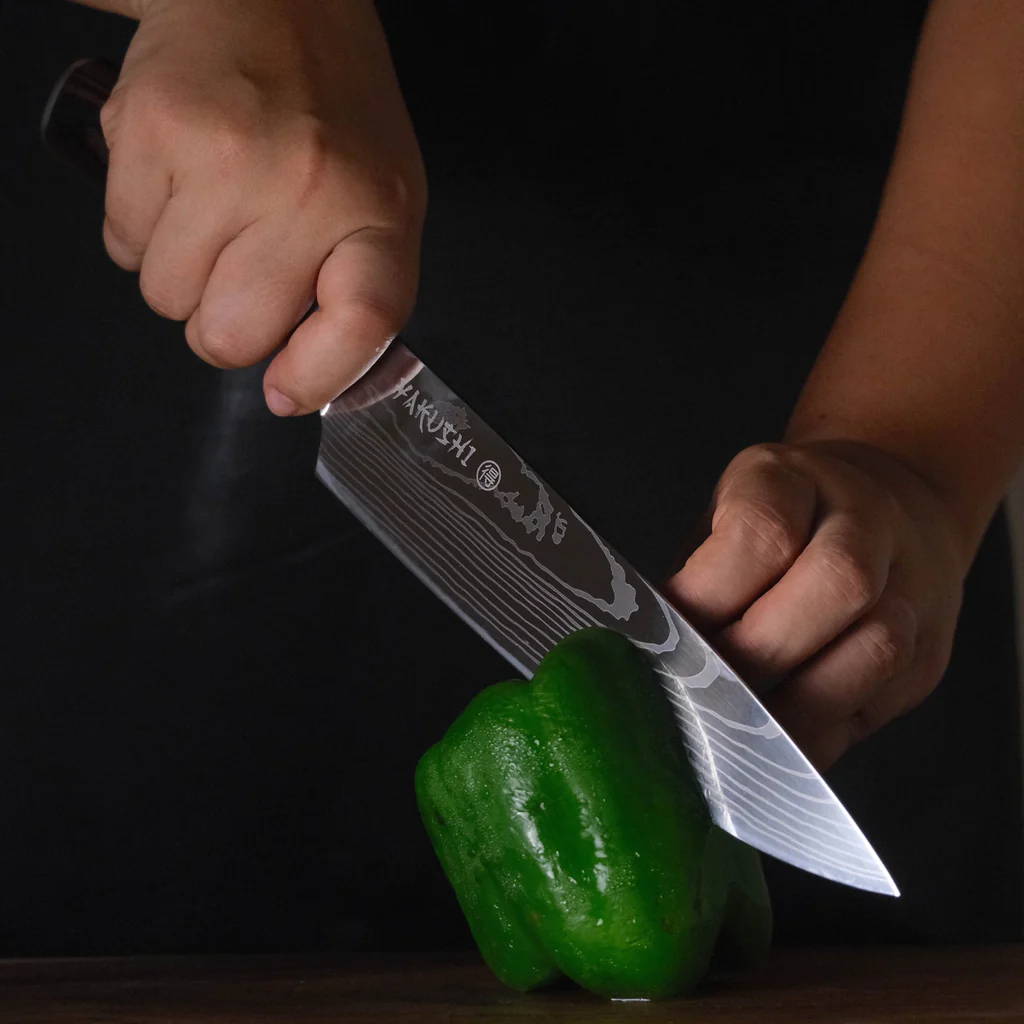
Importance of proper knife handling in cooking
Increasing Productivity and Accuracy in Food Preparation:
Kitchen Safety:
Faster Cooking:
Presentation:
Basic Knife Grip
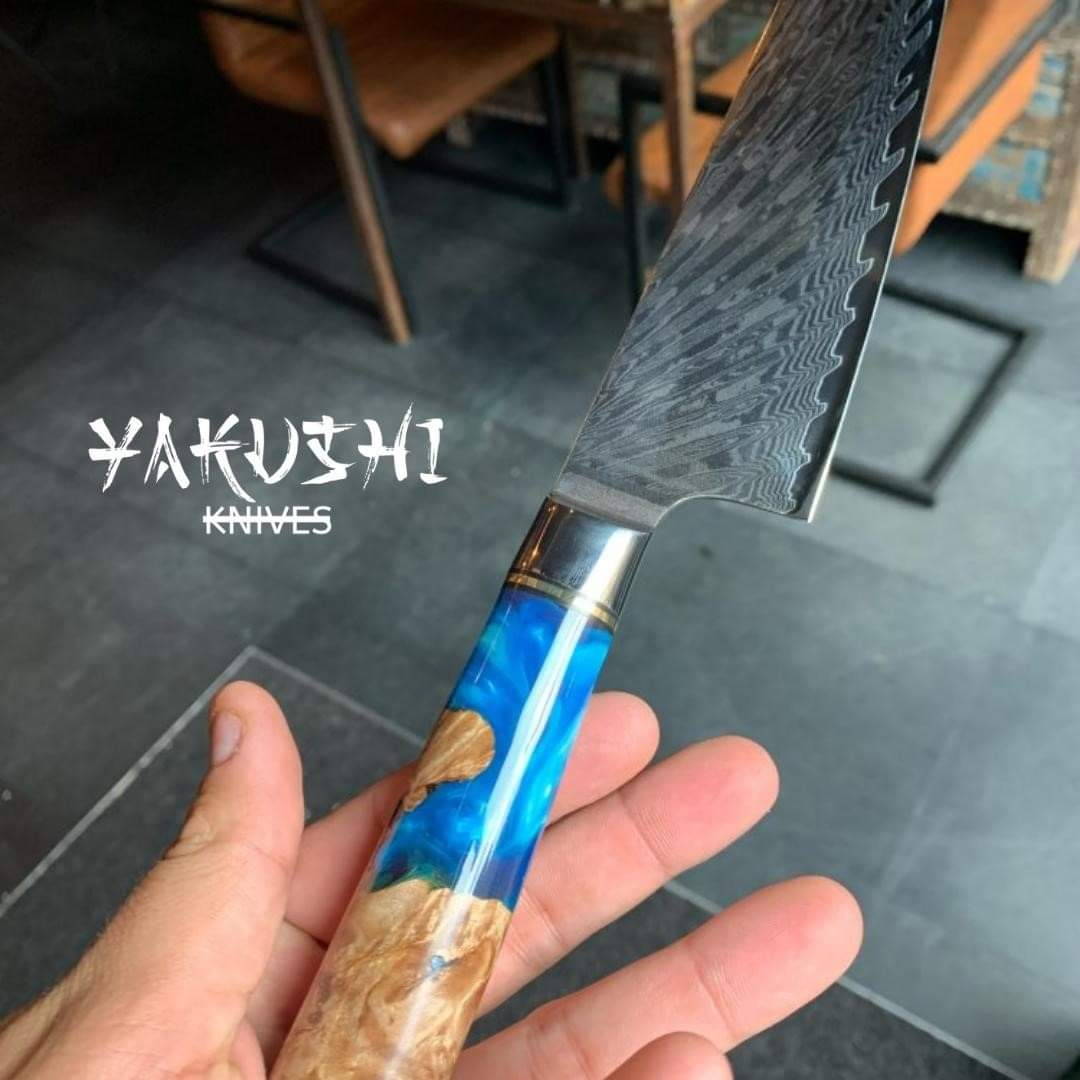
1. Choose Your Grip
2. Create Stability
3. Learn the Claw Technique
Attaining Gripping Perfection
Choosing the Right Knife Size
However, you can also do the forearm test for knife length. Here are some guidelines for choosing the best knife size:
• Stretch out your hand so that your upper arm is equivalent to the floor and rest your forearm flat on a surface such as a table.
• Place the knife on your hand such that the blade's tip rests on elbow joint and the heel on your wrist.
• Put your arm on a table with your elbow at the same height as your shoulder. Finally, place the knife on your arm so that one end touches your elbow and the other end touches your wrist.


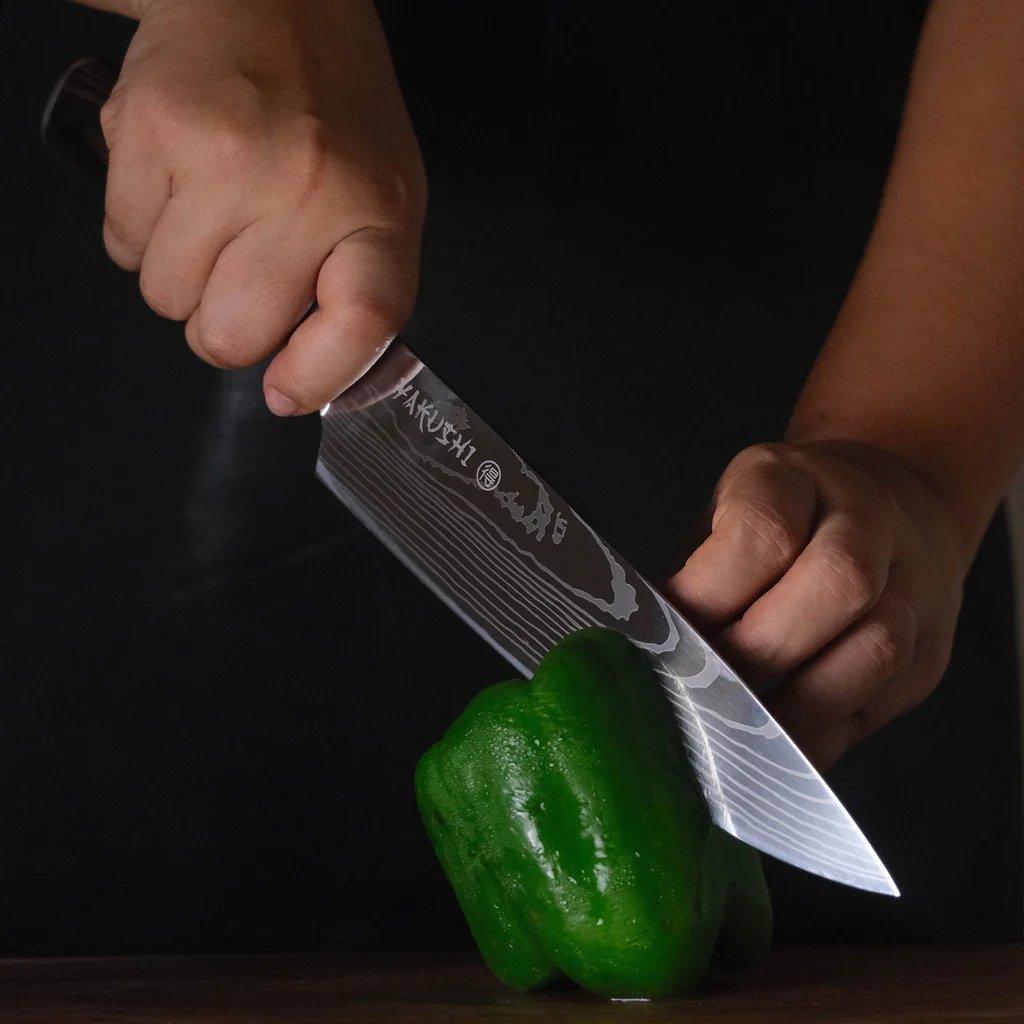
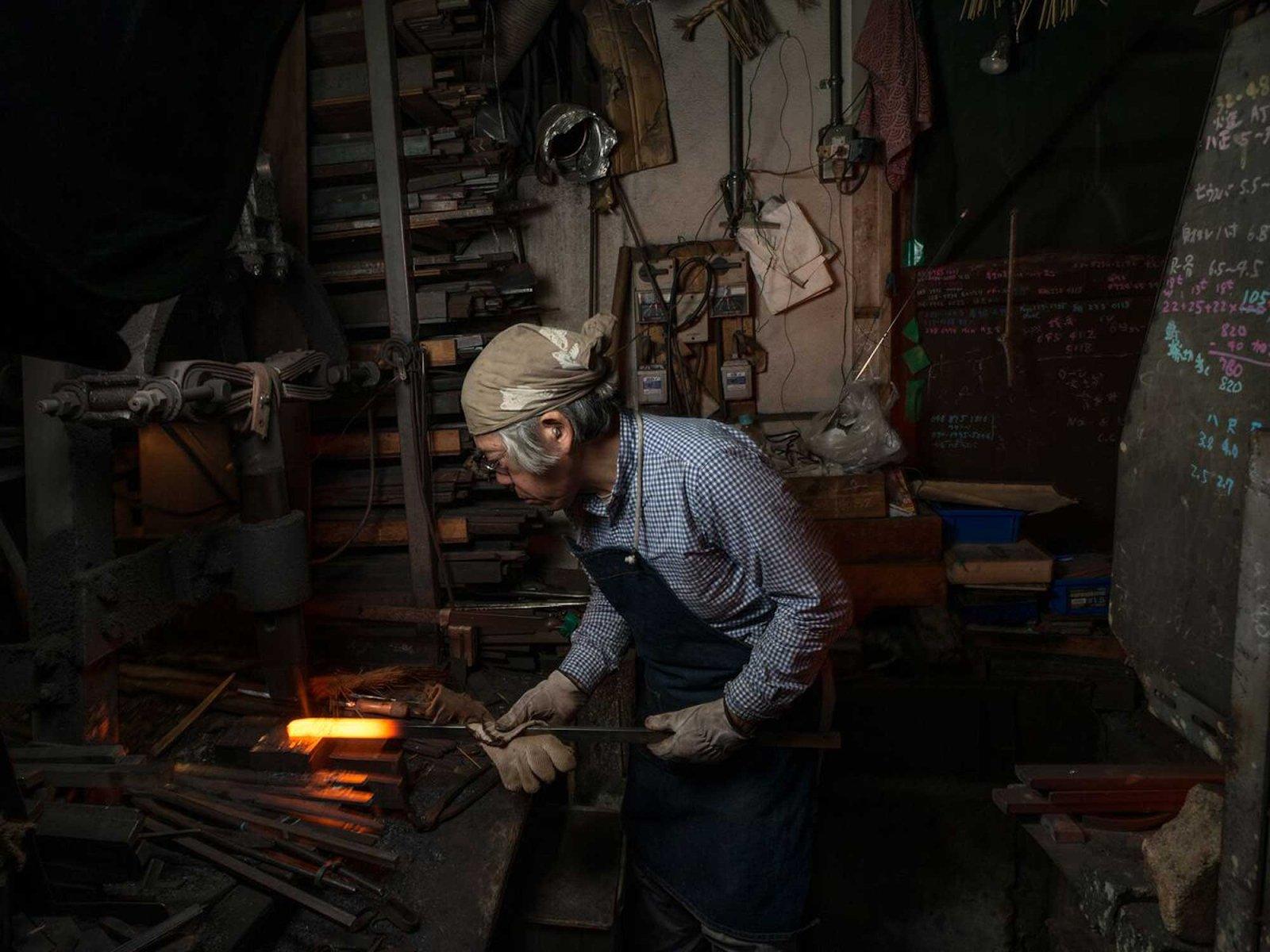
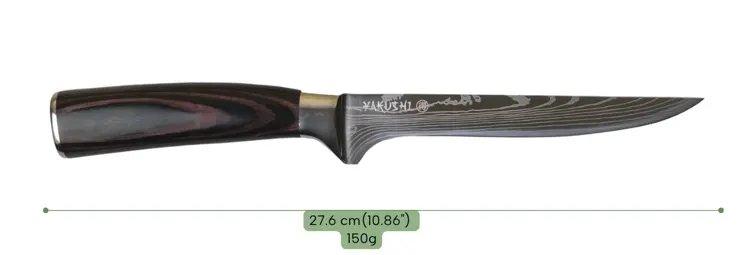
Leave a comment
This site is protected by hCaptcha and the hCaptcha Privacy Policy and Terms of Service apply.